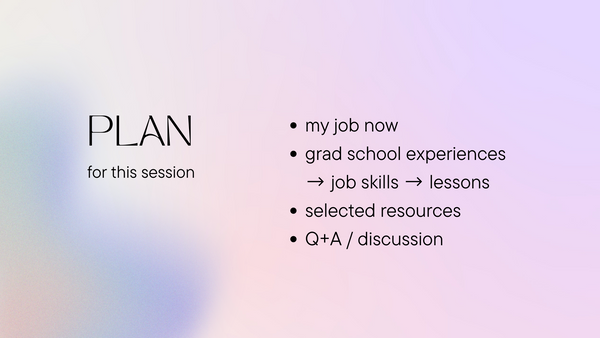Teaching with Technology
All my courses incorporate significant utilization of technology, and I have pedagogical and practical training in teaching online. I am eager to expand my digital engagement with students and apply what I know about teaching with technology on a larger scale.

All my courses incorporate significant utilization of technology, and I have pedagogical and practical training in teaching online. I am eager to expand my digital engagement with students and apply what I know about teaching with technology on a larger scale.
I have used different learning management systems (LMS) like Canvas and Blackboard to create an online learning space for students to prepare for in-class activities, communicate with each other, and access course resources like video, blogs, and databases.
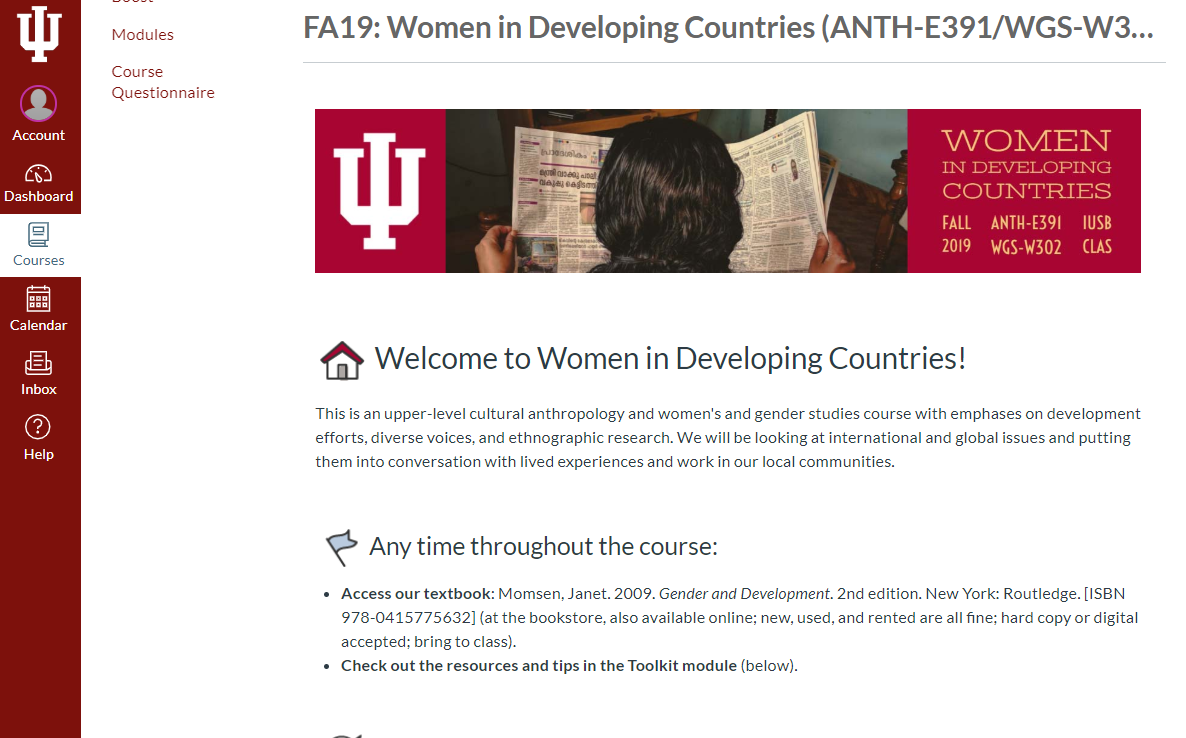
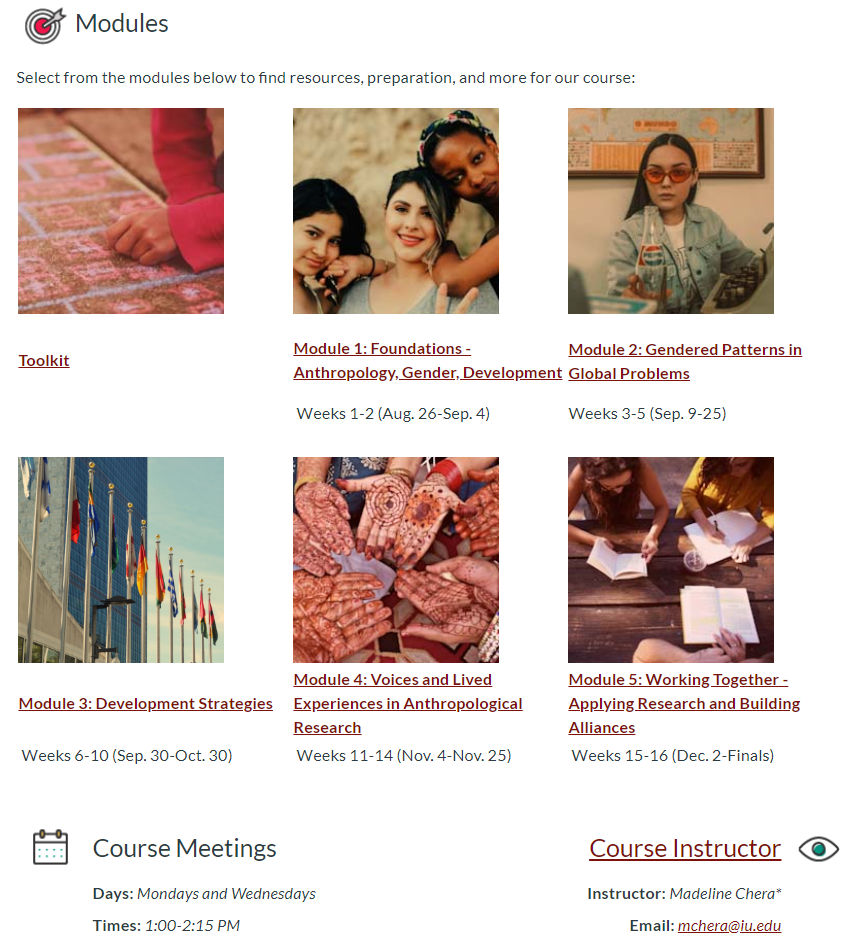
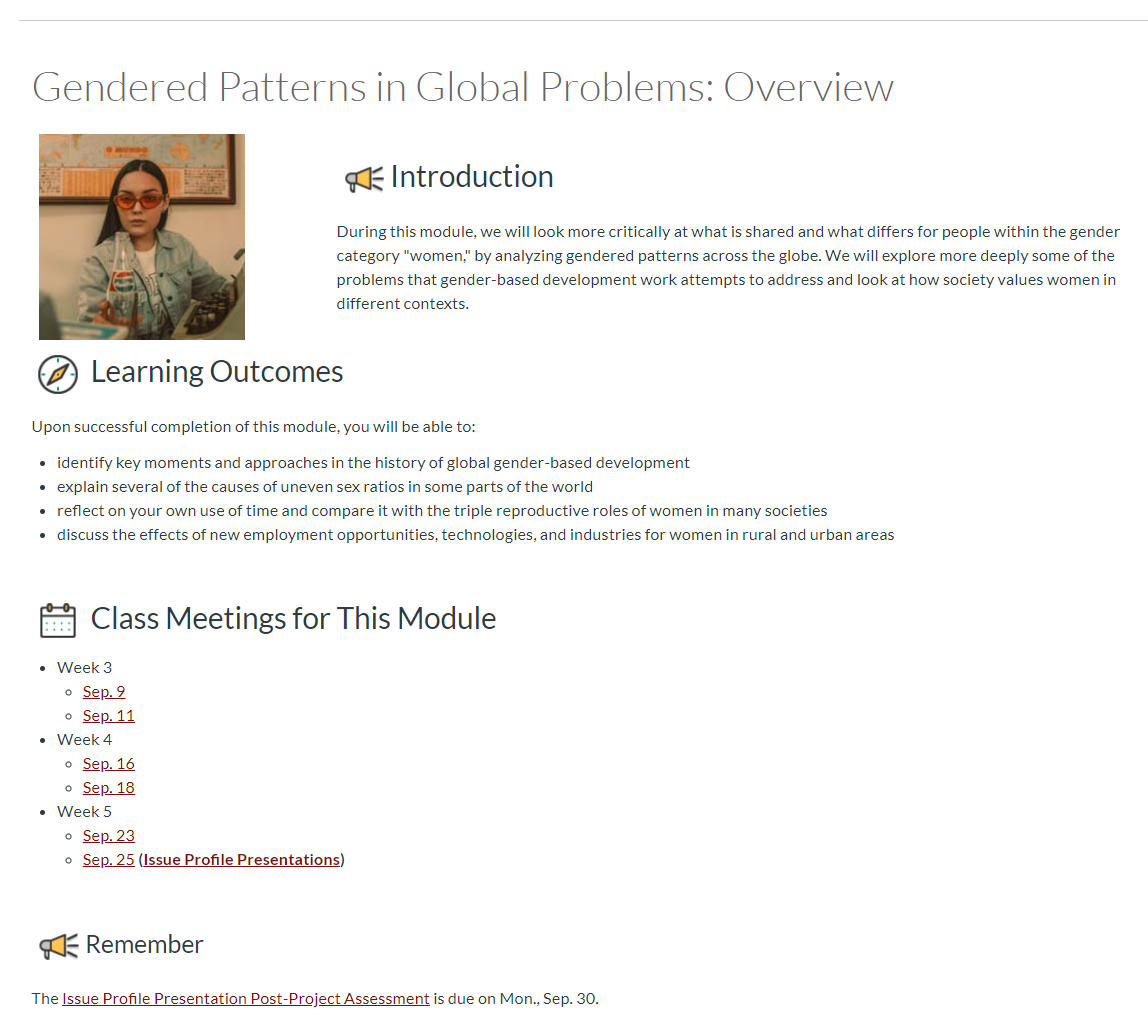
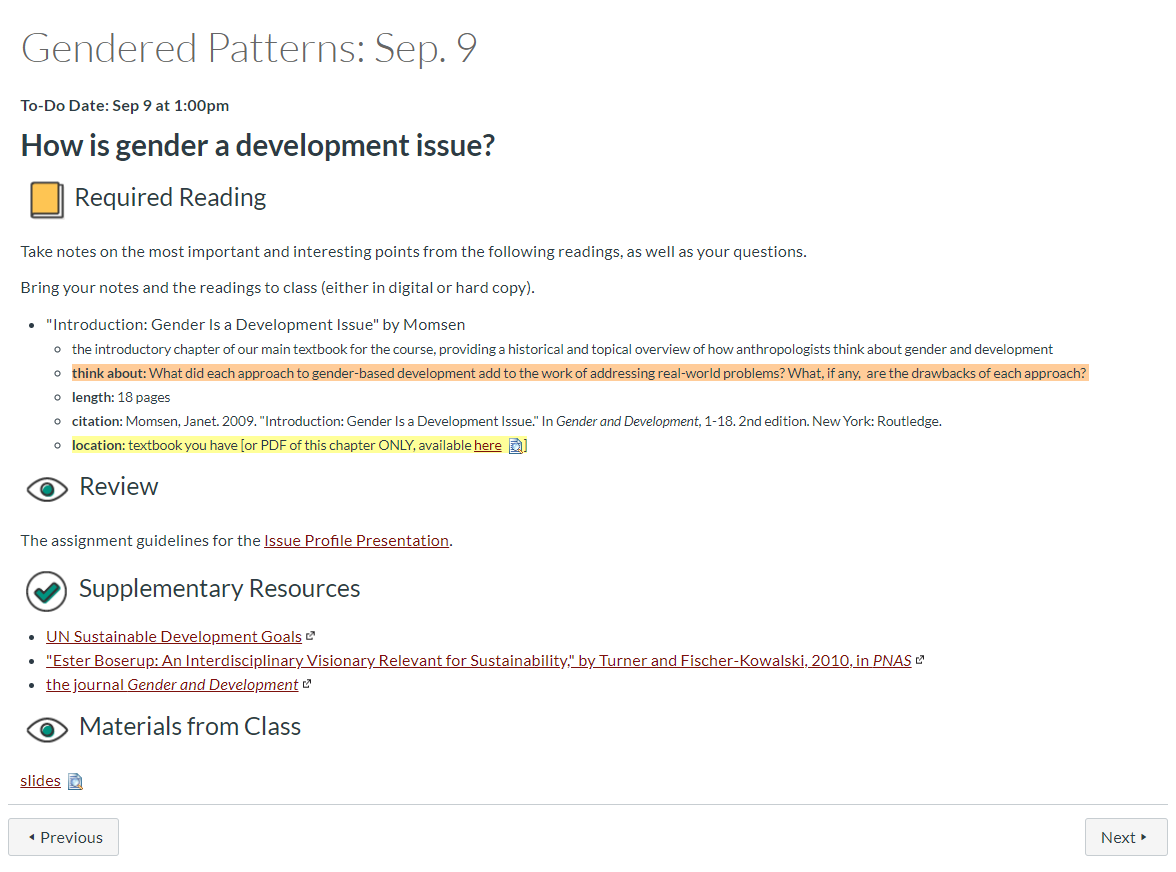
I also encourage and train my students to use other web-based tools like cloud storage services, infographic and design software, and collaborative document and presentation programs. In my introductory course, for example, one project had students work together in small teams to find anthropological research related to their majors through a disciplinary database, then work together to make a presentation using Google Slides. In my Environmental Anthropology course, my students created infographics with Canva, Adobe Spark, or PowerPoint, then presented them to the class, along with slides and short videos from YouTube. Some students gave me permission to share the infographics on Twitter. Throughout all these activities, I provide students with tutorials, troubleshooting resources, templates, and ongoing support. I have since shared some of my teaching documents with a colleague looking to implement infographics into her English course.
I am constantly learning more about best practices and ways to improve student accessibility and interactions with the course through effective use of technology. When classes have been canceled for inclement weather, I have recorded and posted short lectures for my students so they would not miss any material. Several times, I have been able to bring in expert guest speakers to my courses through Zoom teleconferencing and have recorded and posted those sessions for students who might have missed the guests or want to review the video. For my introductory anthropology course, I already administer exams and reading quizzes online through the LMS, and for seminars, students keep reading response journals online, too.
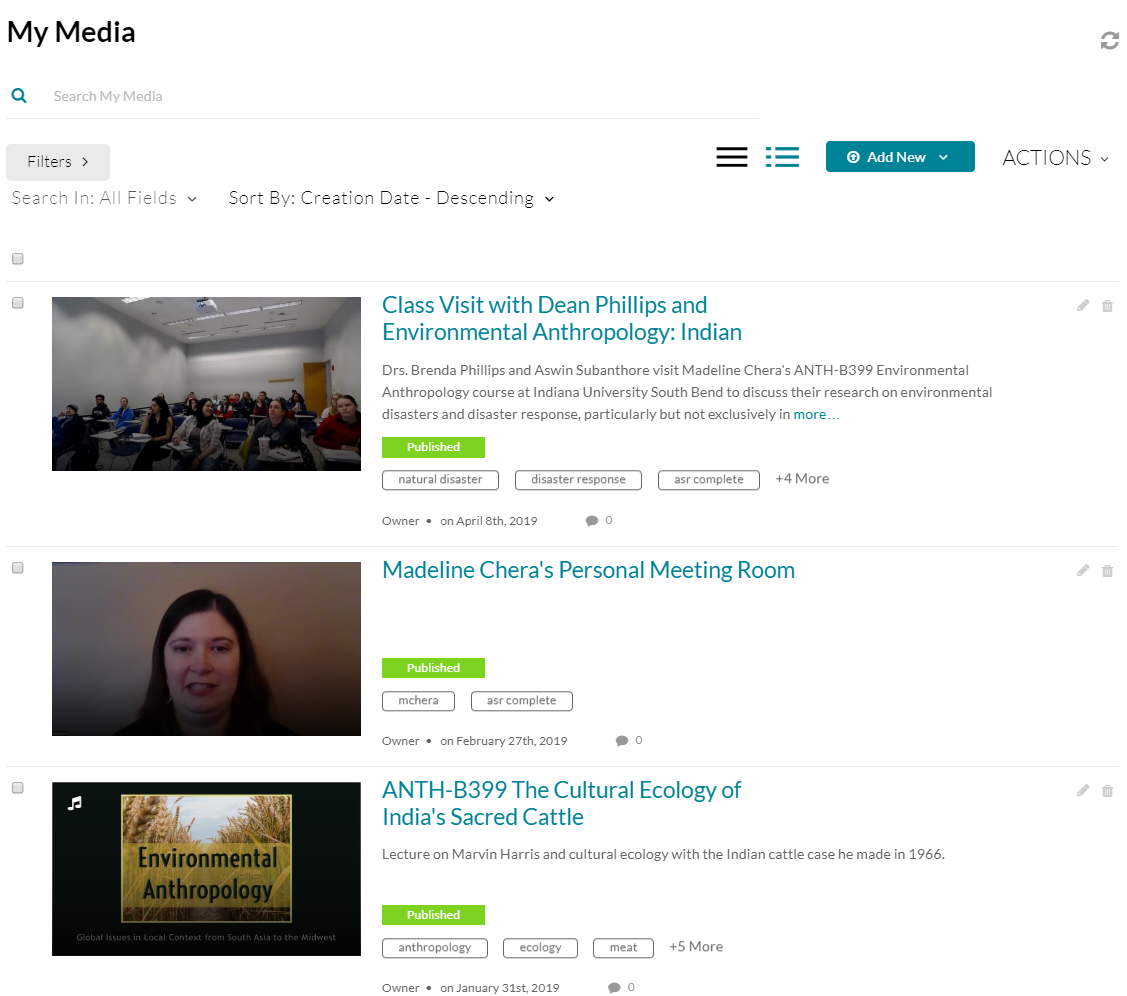
Many of my courses make use of affordable or free course materials, like digital textbooks, and I recently completed a teaching institute on how to use these resources effectively in my teaching. My introductory course uses a free open-access textbook, which I highly recommend to colleagues, and my other courses have similarly utilized low-cost materials, including a great deal of high-quality digital content. Students appreciate that these materials are portable, affordable, and accessible.

